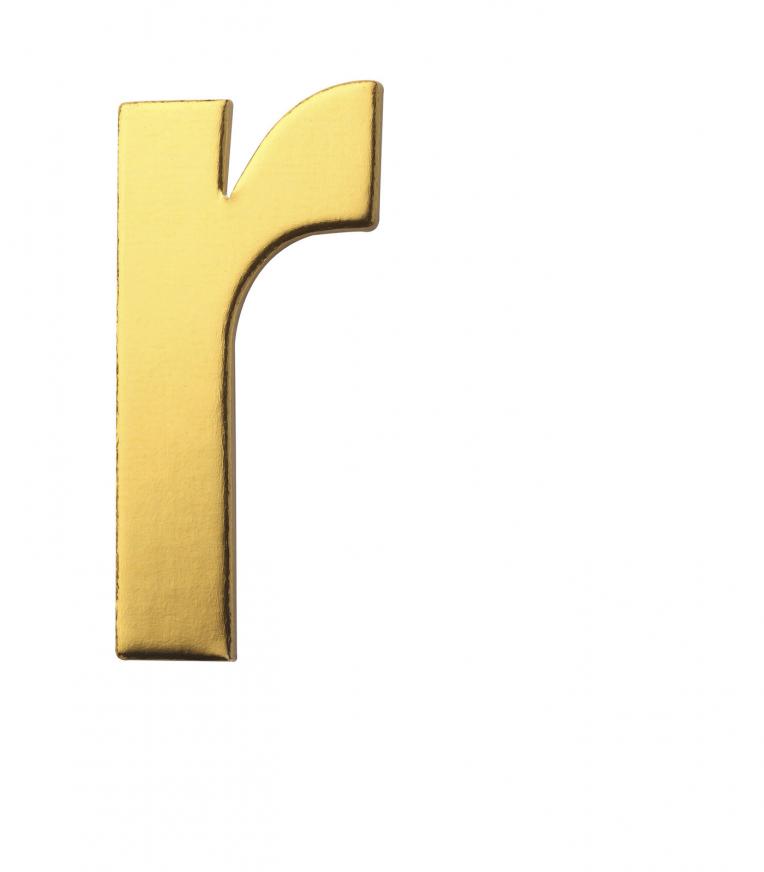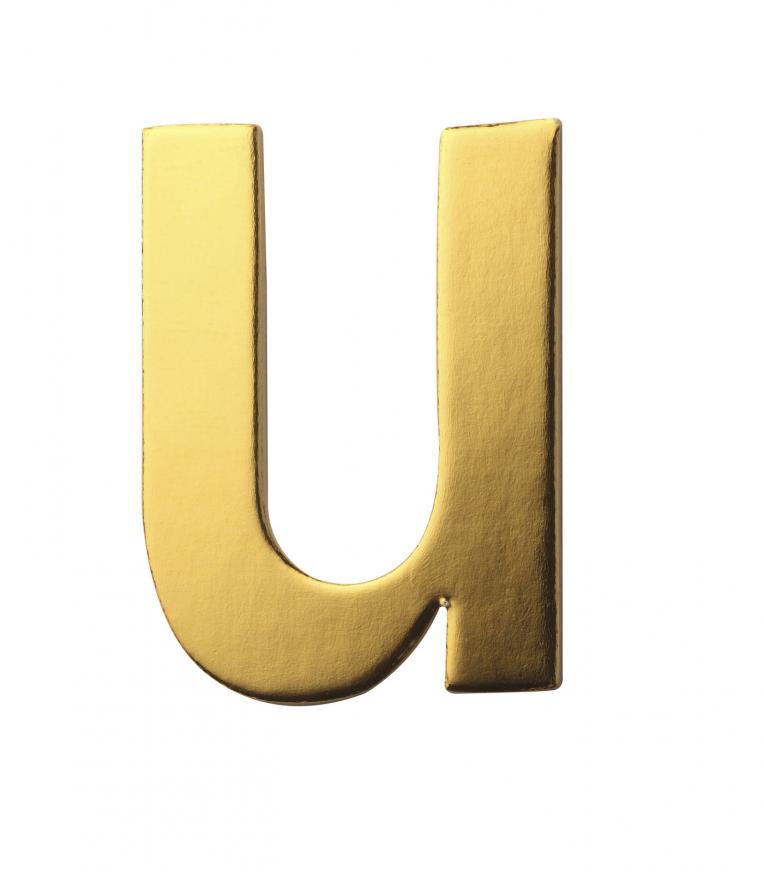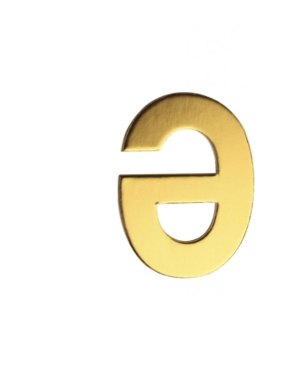5 Quick French Pronunciation Steps: Mouth Mechanics 101
 Some time ago we wrote a post about "Mouth Mechanics" and how simple lip and tongue adjustments can help both German and English speakers.
Some time ago we wrote a post about "Mouth Mechanics" and how simple lip and tongue adjustments can help both German and English speakers.
French pronunciation - for example of "bienvenue" - can be hard for English speakers because the language contains sound combinations that are quite different from English.
Yes, there are the nasal sounds (such as in "bien") that were especially embarrassing when you had to practice them in front of your classmates. And the French “r” and “u” and various “e” sounds can often be a challenge.
But it's not that English speakers can't produce these sounds once they are aware of some basic "mouth mechanics." Here are five French pronunciation steps that will help. You can practice them with the games below.
1. The FRENCH "r"
French "r" is everywhere and very different from the American "r." Getting the French "r" right (or even just closer to "right") will give your pronunciation a big boost. Just try pronouncing “France” the French and the English way and you should hear  the difference.
the difference.
Tip: The sound of the French "r" resembles the "ch" in Loch Ness.
The American "r" is pronounced in the middle of your mouth and you need your tongue to produce it.
The French "r" is pronounced in your throat. It's the same place where you produce a hard "g" (as in "go.")
You do not use your tongue. Just do a slight scratching sound in your throat.
Common words/phrases with "r":
• "très bien" (very well)
• "merci" (thanks)
• "je parle" (I speak)
• "pas de problème" (no problem)
• "américain(e)" (American)
• "parents" (parents).
Note: Verb infinitives with an "-er" ending are an exception.
For the "-er" ending say the English "day" or "say," but don't extend the "y" sound.
Examples or words with "-er" ending:
• "manger" (to eat)
• "acheter" (to buy)
• "payer" (to pay)
• "chercher" (to look for)
• "déjeuner" (to have lunch)
• "tutoyer" (to say "tu"/use the informal form of address).
But: Verb infinitives ending in "-ir", "-re" and also "-r" (without an "e" before) DO have the French "r" sound.
Examples of words with "r":
• "avoir" (to have)
• "voir" (to see)
• "écrire" (to write)
• "faire" (to do)
• "dire" (to say)
• "servir" (to serve)
Practice the French "r" with this French Quick Game
2. The FRENCH U
 French "u" is a sound that does not exist in English. But you'll hear and need to say it a lot since it comes up in a number of frequently used conversational words.
French "u" is a sound that does not exist in English. But you'll hear and need to say it a lot since it comes up in a number of frequently used conversational words.
Tip: The sound of French "u" lies between the English "oo" (too) and "ee" (tee).
So, to find the mouth position for "u", first say "too," then pull your lips apart slightly to start saying "tee." Half way there, you have the French "u" sound.
Common words/phrases with "u":
If you have French friends, you'll be using "tu" with each other. There's even a French word for that: "tutoyer." But there are lots of other little daily words that you'll need to say too.
Examples of words with "u":
• the ubiquitous "du" (some, masc. sing.) as in "je veux du café" (I want [some] coffee)
• "une" (one/a, feminine)
• "jus" (juice)
• "plus" (more)
• "la rue" (the street)
• "sur" (on)
• "salut" (hi)
Note: There is an exception.
If French "u" is followed by an "n" or an "m," it is nasalized and has a different sound, unless "n" or "m" are followed by another vowel as in "un/une," as further explained below.
You can practice the "u" sound with the French Quick Game "Vowels and Accents".
3. FRENCH NASAL VOWELS
When vowels are followed by an "n" or an "m," the vowel has a nasal sound, and the letters "m" or "n" are not themselves pronounced.
Tip: To pronounce nasal vowels, let air pass through the nose, as well as the mouth.
One way to practice the difference, is with the minimal pair "un/une."
• In the first word - "un" - the vowel "u" is nasal, and you do not pronounce the "n."
• In the second word - "une" - the vowel "u" is not nasal and you DO pronounce the "n."
Common words/phrases with "nasal vowels":
A lot of short words (as well as longer ones, of course) have a nasal vowel.
Examples of words with a nasal vowel :
• "un" (a/one, masculine)
• "on" (the impersonal pronoun: "one/we")
• "très bien" (very well)
• "en" (in)
• "train" (train)
• "vin" (wine)
• "tante" (aunt)
• "enchanté" (delighted/ pleased to meet you).
But: If another vowel comes right after "m" or "n," then the vowel before is not nasal.
Examples of a vowel before and after m/n:
• "une" (a/one, feminine)
• "la banane" (the banana)
• "samedi" (Saturday)
• "il se promène" (he walks)
You can practice the nasal sounds with the French Quick Game "Vowels and Accents".
4. THE WEAK, UNSTRESSED "e"
Linguists call this sound a "schwa." In French it's  known as "e-muet" or "e-caduc."
known as "e-muet" or "e-caduc."
Tip: In English the same sound exists in unstressed "a" or "e": a book (uh book), the man (thuh man), etc. The phonetic symbol for the latter is an inverted "e"
Common words/phrases with the weak, unstressed "e":
It's a matter of knowing when to use the unstressed "e." It helps to frequently listen to French, and to repeat not just individual words, but full sentences after a French speaker.
The unstressed "e" or schwa sound gives a French sentence its particular rhythm. Easiest to remember is that an (unaccented) "e" at the end of a syllable or at the end of a word is unstressed. It can be pronounced as a schwa or even dropped completely. You'll find it in verb forms, nouns, feminine adjectives, etc.
Examples of unstressed "e" that is commonly dropped:
• "appeler" (to call - the first "e" is unstressed)
• "il admire" (he admires - )
• "il passe" (he spends)
• "il note" (he writes down)
• "la banque" (the bank)
In addition, many of the short common words contain the schwa sound.
Here it is pronounced.
• "de" (of)
• "ce" (this)
• "que" (that)
• "le" (the, masc.)
• "ne" (not)
• "je" (I)
Click on the link and play a Quick Game to practice words and sentences with the schwa sound.
You can practice the weak, unstressed "e" sound with the French Quick Game "Vowels and Accents".
5. ACCENTS
An accent on a letter changes its pronunciation and sometimes the meaning of a word. Often, the accent tells you which pronunciation to use.
In some cases, the accent is used to distinguish between words that are otherwise spelled identically.
The acute accent ("l'accent aigu") appears only on the letter "e" - as such: "é."
Tip: The sound of "é" (e-acute) is similar to the vowel sound of "say." The letter "é" can appear at the beginning, in the middle, or at the end of a word.
Common words with "é":
• "une école" (a school)
• "le séjour" (the stay)
• "le crédit" (the credit)
• "la clé" (the key)
• "il a parlé" (he spoke)
• "il a réservé (he reserved).
The grave accent ("l'accent grave") appears on "a", "e" or "u."
Tip: Connect the sound with an English word: "à" - father; "è" - fair (without the English "r"); "ù" - similar to "too".
Common words with "à":
You'll most frequently see and say "à" meaning "at," "to" or "in." (The unaccented word "a" is pronounced the same way, but it means "has.")
• "à" (at, to, in)
• "voilà" (here is, there is)
• "là" (there, versus "la" meaning "the")
• "là-bas" (over there)
• "déjà" (already)
Common words with "è":
• "très" (very)
• "le problème" (the problem)
• "père" (father)
• "mère" (mother)
• "frère" (brother)
• "après" (after)
• "près de" (near)
Common word with "ù":
As with the word "à," the accent grave on "ù" only serves to distinguish between words otherwise spelled identically. In fact there is only one word you need to remember, but the difference is important:
"où" means "where" (while "ou," written without the accent, means "or."
The circumflex accent is used on top of any of the vowels (â, ê, î, ô, û).
Most commonly, it indicates that historically a letter had fallen away, most often a missing "s." In many cases the circumflex accent minimally affects the pronunciation of a word.
Common words with the circumflex accent:
• "bâtiment" (building)
• "théâtre" (theater)
• "prêt" (ready)
• "être" (to be)
• "connaître" (to know/meet)
• "le dîner" (the dinner)
• "l'hôtel" (the hotel)
• "tôt" (early)
• "bien sûr" (of course)
• "ça coûte" (that costs)
The c-cedilla "ç" mark under the "c"
When it is followed by an "a" or an "o" - shows that the "c" is pronounced like an "s" instead of a "k."
Common Words with a "ç":
"ça" (that/this/it)
"français(e)" (French)
"glaçons" (ice cubes)
"garçon" (boy)
Note: "ça coûte" (this costs). The word "ça" starts with an s-sound; "coûte" starts with a k-sound.
You can practice the accents with the French Quick Game "Vowels and Accents".
This blog post just touches on five points of French pronunciation. The list is by no means complete. If you want to review all the French sounds and letters take a look at this TalkinFrench post.
By paying attention to your mouth mechanics and practicing aloud, as you can do with our games, you can improve your pronunciation substantially. And finally, listen as much as you can to French podcasts and radio programs (like TuneIn, for example), watch films and videos, talk with native speakers.
After all: Is getting closer to sounding like a native French speaker not one of your goals?
